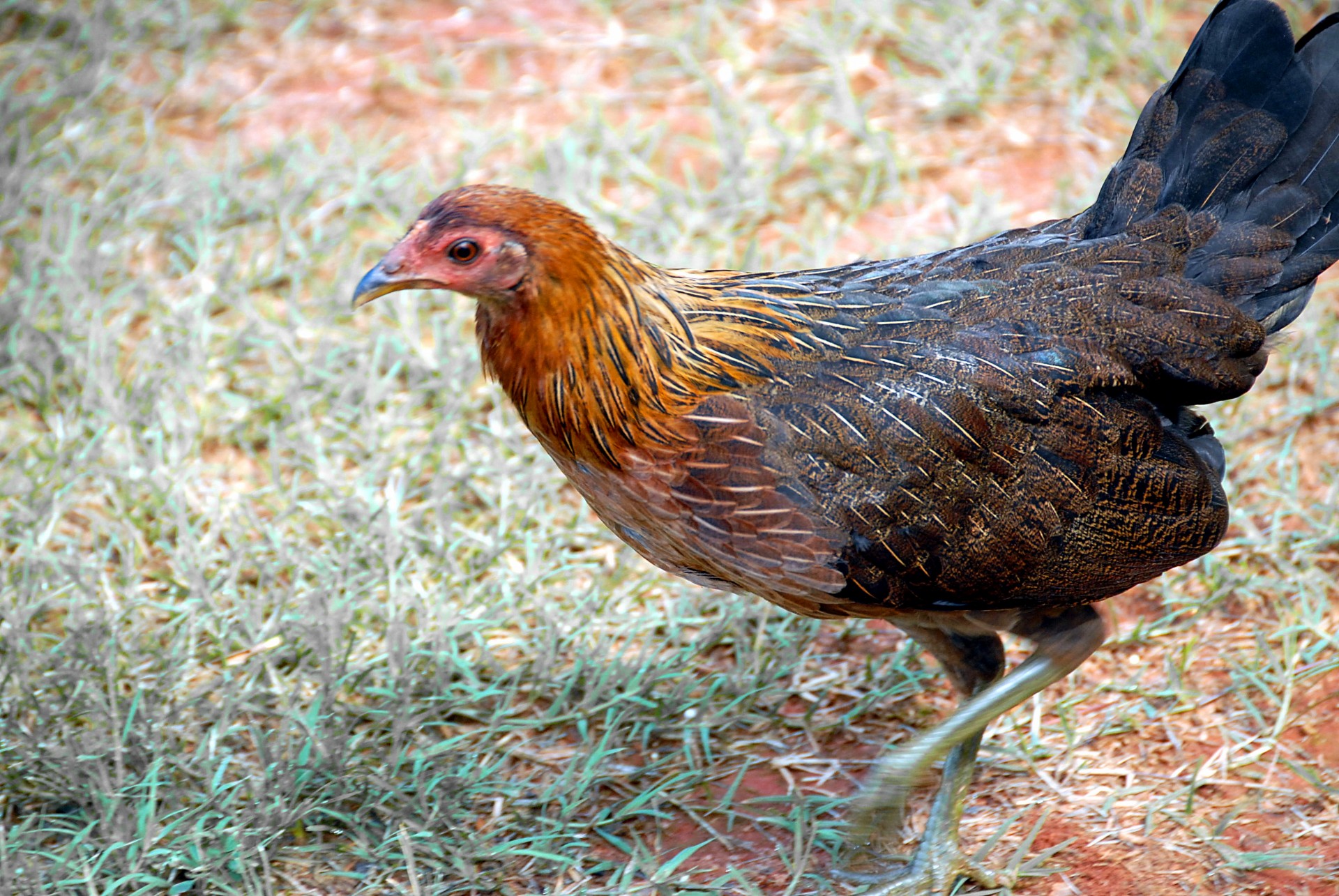
When it comes to poultry farming or simply keeping hens for personal egg production, one frequently posed question arises among enthusiasts and professionals alike: which chicken breed lays the most eggs? This inquiry transcends the mere act of egg-laying; it encapsulates a deeper curiosity about the interplay between genetics, husbandry practices, and the emotive connection that humans share with animals they cultivate. The world of egg-producing hens is diverse and multifaceted, with certain breeds standing out for their prolific egg-laying capabilities.
The prominence of egg-laying hens in agricultural practices cannot be overstated. Beyond their nutritional contribution, eggs symbolize sustenance, culinary artistry, and even economic stability. This exploration into the realm of prolific layers unveils not only the breeds that dominate in egg production but also the myriad factors that influence their efficacy in this regard.
1. The Leghorn: A Pillar of Egg Production
Leghorns, particularly the White Leghorn variety, hold an esteemed rank among the top egg-producing breeds. Known for their resilience and adaptability, Leghorns are renowned for their staggering production rates, often laying upwards of 280 eggs per year. Their distinctive white feathers and slim physique contribute to an efficient feed-to-egg conversion ratio, making them a staple for commercial egg production.
The Leghorn’s unparalleled egg-laying capability can be attributed to their active disposition and robust health. Their innate ability to forage efficiently complements their dietary needs, ensuring optimal performance in varied environments. This breed’s legacy as a prolific layer has solidified their status in both commercial and backyard settings.
2. The Rhode Island Red: The Dual-Purpose Workhorse
In contrast to the Leghorn’s specialized focus on egg-laying, the Rhode Island Red embodies versatility, making it a beloved choice for small farms and homesteaders. This breed is celebrated not only for its ability to produce approximately 250 to 300 large brown eggs annually but also for its suitability as meat birds. Its hardy nature allows it to thrive in diverse climates, further enhancing its allure as an all-purpose fowl.
The Rhode Island Red’s deep, russet plumage stands as a testament to its rugged character. Possessing a generally calm temperament, these birds are comparatively easy to manage, making them ideal for both beginners and seasoned poultry enthusiasts. Their egg production consistency coupled with their resilience creates a compelling case for their inclusion in any productive flock.
3. The Sussex: Elegance Meets Productivity
The Sussex breed, particularly favored in the United Kingdom, offers another compelling option for those seeking high egg yields without compromising on aesthetics. With an annual production range of 250 to 300 eggs, Sussex hens are not only competent layers but also exhibit a gentle and friendly nature that endears them to many poultry keepers.
Beyond their egg-laying prowess, Sussex hens are celebrated for their visually striking appearance, characterized by their wider bodies and rounded feather patterns. Their friendly disposition makes them ideal companions within a mixed flock setting. Consequently, their popularity continues to rise, particularly among hobbyists and urban farmers aiming to combine practicality with pleasure.
4. The Australorp: A True Egg-Laying Champion
The Australorp breed, an amalgamation of Australian origin and black Orpington lineage, has garnered recognition in the annals of poultry history, particularly for its astounding egg-laying capabilities. Hens of this breed can lay approximately 250 to 300 eggs annually, often reaching peak production in their second year.
Beyond quantity, Australorps produce eggs with a fine quality, characterized by rich yolks and a robust shell structure. Their adaptability to climatic extremes and ability to maintain health with minimal intervention positions them as an attractive option for both commercial and backyard poultry enthusiasts. In many ways, their robust genetics echo the natural selection processes that have shaped their lineage over time.
5. The Plymouth Rock: A Classic Choice
The Plymouth Rock breed is venerated not only for its stripy, aesthetically pleasing plumage but also for its solid egg-laying performance. Averaging about 200 to 250 medium to large eggs per year, these birds strike a balance between reliable egg production and pleasant temperament, making them suited for family farms.
In addition to their practicality, Plymouth Rocks are particularly sociable and intelligent. Their inquisitive nature, combined with their striking appearance, makes them popular among backyard poultry keepers who value companionship as much as productivity.
Conclusion: Selecting the Right Breed for Your Needs
Choosing the right chicken breed for egg-laying is contingent upon various factors, including climate, space, desired egg color, and personal interaction preferences. Whether one desires the steadfast performance of a Leghorn, the versatility of a Rhode Island Red, or the elegance of a Sussex, each breed offers distinct advantages to both novice and experienced poultry keepers alike.
Ultimately, the fascination with egg-laying hens extends beyond mere productivity; it encompasses a deeper appreciation for the breeds’ characteristics, behaviors, and the fundamental interplay between human stewardship and animal husbandry. This diverse array of top egg-laying breeds not only highlights the impressive capabilities of these birds but also celebrates the enduring bond cultivated between humans and their feathered counterparts.
